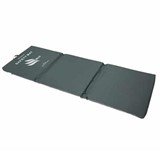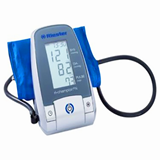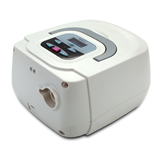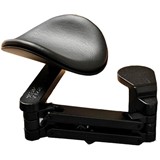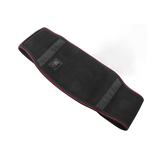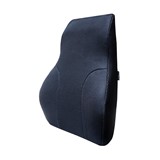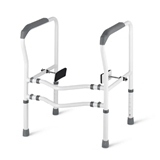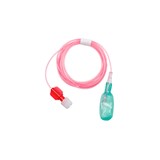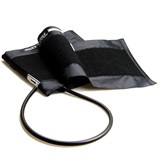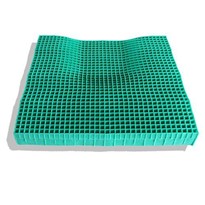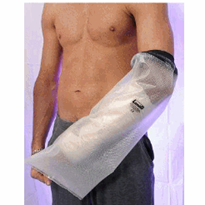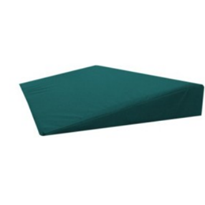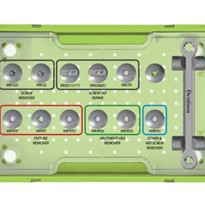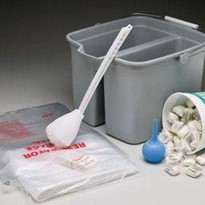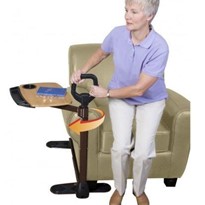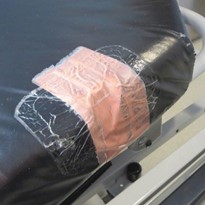Well, the answer is a lot, there are many to choose from, so which one is best for your patients?
In this article, you’ll read an evidence-based how to guide that will hopefully arm you with the information you need when choosing the most appropriate support surface for preventing pressure injuries, based on clinical considerations.
What is the definition of a pressure injury?
Pressure injuries are recognised as a patient safety problem which can lead to increased morbidity, mortality, length of stay and healthcare costs.2 Providing the right support surfaces are critical to any pressure injury prevention or treatment plan that a hospital will have in place. They work to relieve pressure by distributing the surface area more evenly and recent evidence shows that they can reduce the frequency of pressure injuries by up to 60%. 1 However, available research around support surface application is scarce and no particular brand has been shown to be more superior over others.
As of right now, healthcare professionals can base their decisions purely on the basis of a clear understanding of the clinical features of the various types and brands of support surfaces and how well they meet the needs of the patient.
What do support surfaces do?
Patients who are classified as high risk for pressure injuries or already have pressure injuries should be placed on a support surface as opposed to a standard hospital mattress. Support surfaces aim to control heat and moisture, reduce shearing forces, and distribute body pressure evenly- These can be mattresses, overlays, bed systems, chair and wheelchair cushions or any pressure distribution device. 1
Support surfaces may be used alongside standard pressure injury prevention methods such as nutritional support, moisture and heat management and regular offloading of high-pressure areas.
What are the different types of support surfaces? (Pros & Cons)
Support services can be divided into two broad categories, reactive and active.
Reactive support surfaces change load distribution when the patient has made contact, these can be powered or unpowered. Patients will sink into the surface which creates the redistribution of pressure across the body. 2
Foam
- Pros: Foam mattresses come in a variety of layers offering different densities, can offer a great middle ground for hospitals for a cost-effective option while still providing support and some pressure-relieving properties.
- Cons: Overtime standard foams can degrade which may result in the patient sinking through to the underlying bed frame- this is known as bottoming out. Foam mattresses can sometimes not be a suitable fit for a bed that offers clinical functions such as knee break if it does not move in conjunction with where the bed separates.
Static Air
- Pros: Generally low in cost, quick inflation, no sagging with constant usage. If not right simply inflate again. Air mattresses can be customised to suit a patient’s level of comfort they desire.
- Cons: Larger permanent/ fixed air mattresses can take anywhere between 30-60 minutes to assemble, some pumps are quite noisy and will prevent usage at night, warranties for air mattresses can be short lived and you will need to consider maintenance/ repair costs of the pump.
Gel
- Pros: Gel impregnated beads in the top layer have heat diffusing properties and are highly breathable reducing heat retention, helps the patient to sleep cool, more responsive to movement and pressure relief. High grade mattresses are regularly considered for patients who are high-risk on the waterlow scale.
- Cons: the cooling effect might not last long, most gel mattresses are made using synthetic materials, can be expensive and may be uncomfortable for some sleepers.
Low Air Loss
- Pros: Some low air loss mattresses allow air to escape through small holes drawing moisture and heat through the contact layer away from the patient’s skin. Can help to relieve pressure on vital areas of the body, helps to maintain a comfortable position.
- Cons: Recommended to not use fitted sheets, can be expensive, makes noise this can disrupt sleep and must be plugged into an electrical source at all times.
Hybrid Gel/Foam
- Pros: More flexibility than a standard foam mattress with the added benefit of body contouring foam, breathable and can be highly customisable to suit patient needs.
- Cons: Can be more expensive and heavier to manoeuvre.
Overlays
- Pros: Quick and easy to fit to an existing mattress, no need to remove or store an old mattress, an overlay can be suitable in a home-setting to allow for a couple to still sleep in the same bed with one getting the extra support they need.
- Cons: Overlays can sometimes raise the height of a mattress which can make getting in and out of the bed more difficult this can cause safety issues if bed rails are in use. Can sometimes be more expensive then replacing a whole mattress when overall costs are considered.
Active support surfaces are… yes you guessed it the opposite to reactive, they can change load distribution without contact from a patient. Pressure is redistributed through inflation and deflation of air baffles in sections so where pressure is removed from one area it can then be reapplied to other parts. Currently, air-alternating mattresses are the only form of active support surfaces on the market, repositioning of patients is extremely important no matter the type of surface. 2
Air Alternating
- Pros: Modular design for low ongoing costs, silent and ‘very simple to operate’ pump system, prevents skin breakdown and easy to clean/use.
- Cons: Like any air mattresses, maintenance costs associated with the pump could occur.
When selecting a support surface what factors should be taken into consideration?
Nurses should conduct a full assessment of a patient’s condition and needs when choosing a support surface and not solely on the basis of the patient’s risk of a pressure injury. 2
There are several factors to consider before choosing a support surface.
- Weight and size of a patient
- Can the support surface be adjusted to a patient’s weight?
- Budget restraints
- Ease of use
- Is in-service training required for staff before use?
- Maintenance
- How easy is the surface to keep clean for infection control standards?
- Impact on current nursing procedures
- Will the processes around that patient’s current care and routine change?
- Patient’s comfort and choice
- Will the support surface disrupt sleep or disturb comfort levels?
Traditionally high care mattresses have been available in many forms, from many suppliers and regularly imported. There are several factors that could be taken into consideration including the quality of the outer support materials, quality of the foam, workmanship, warranties, and aftersales support. There has been an increasing focus on providing the best care our critically ill, with some excellent Australian manufacturers of mattresses available now that have addressed many prominent issues and who can guarantee both the use of materials and construction. The ongoing support is local and trustworthy.
Read about a hospital’s experience and outcome with an air-alternating mattress: https://selectpatientcare.com.au/blog/2021-05-05-case-study-sunshine-coast-region
Ready to reduce pressure injuries within your facility?
Contact [email protected] for more information or call 1800 805 729 to speak with a Clinical Consultant that can answer any questions you may have!
Or, you can view our range of unique Australian Made mattresses: https://selectpatientcare.com.au/products/pressure-care/mattresses
References
-
McNichol, L., Mackey, D., Watts, C. & Zuecca, N., 2020. Choosing a support surface for pressure injury prevention and treatment. [Online]
Available at: https://journals.lww.com/nursing/Fulltext/2020/02000/Choosing_a_support_surface_for_pressure_injury.12.aspx
[Accessed 8 December 2021].
-
Ovens, L., 2017. How to guide: Selecting a support surface. [Online]
Available at: https://www.woundsinternational.com/resources/details/how-to-guide-selecting-a-support-surface
[Accessed 7 December 2021].




